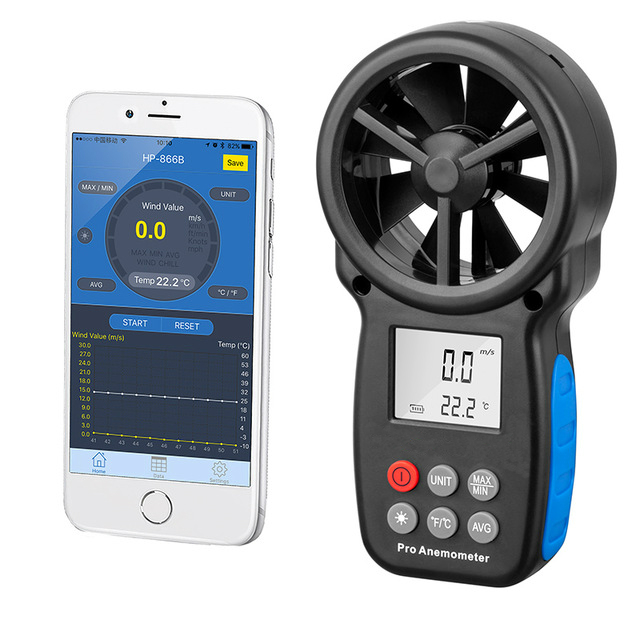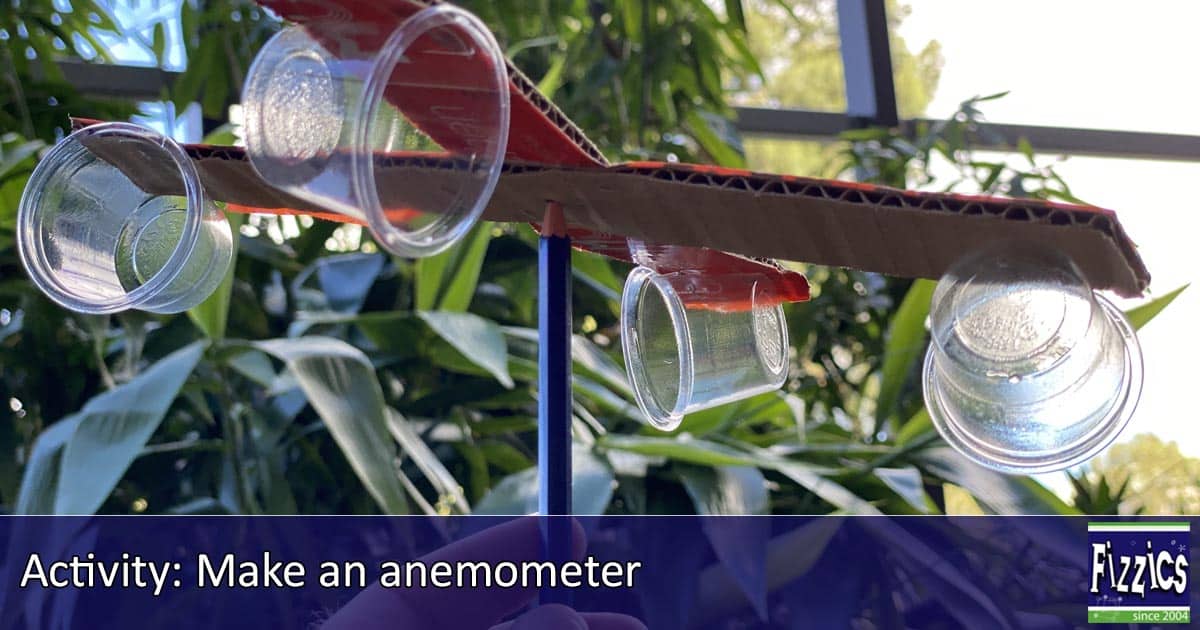Anemometers Unveiled: Understanding Their Significance in Environmental Surveillance and Safety And Security Procedures
The duty of anemometers in ecological surveillance and precaution is commonly ignored, yet their relevance is undeniable. These instruments have a long history rooted in clinical inquiry and technological innovations, evolving to come to be essential devices in different areas. From weather forecasting to aeronautics safety and security, anemometers play an essential role in giving precise data that notifies decision-making procedures and improves total safety. Recognizing the ins and outs of anemometers reveals a world of vital insights that are fundamental to our understanding of the setting and the steps we require to make certain safety and security.
History of Anemometers
The advancement of anemometers can be mapped back to the ancient civilizations where rudimentary wind gauging devices were very first used. One of the earliest known anemometers was the hemispherical cup anemometer created by Leon Battista Alberti in the 15th century.
In the 18th century, the prominent scientist John Thomas Romney Robinson introduced the Robinson anemometer, which featured 4 hemispherical mugs placed on horizontal arms that prolonged from a main axis. This layout became a requirement in atmospheric measurements due to its accuracy and integrity. For many years, innovations in technology brought about the development of more modern-day anemometers, including ultrasonic anemometers and laser Doppler anemometers, supplying boosted accuracy and performance in measuring wind rate and instructions. The background of anemometers showcases an amazing trip of technology and progress in the area of weather forecasting.
Sorts Of Anemometers
Throughout the area of weather forecasting, different types of anemometers have been developed to accurately gauge wind rate and direction. One of the most typical kind is the mug anemometer, which includes 3 or 4 mugs installed on straight arms that revolve with the wind. As the cups spin, the speed at which they turn is directly proportional to the wind speed. One more extensively used type is the vane anemometer, which features a tail or fin that aligns itself with the wind instructions. This positioning enables the device to figure out the wind direction. Sonic anemometers make use of ultrasonic signals to determine wind speed and instructions precisely. They are frequently used in research study applications because of their high accuracy. Hot-wire anemometers operate based on the principle that the cooling impact of wind on a heated cable is proportional to the wind speed. These anemometers are appropriate for determining low wind speeds with high accuracy. Each sort of anemometer has its strengths and is selected based upon the certain requirements of the monitoring task handy.
Applications in Weather Forecasting
Having actually discussed the numerous sorts of anemometers used in weather forecasting for determining wind speed and direction, it is important to discover their useful applications in the area. Anemometers play a vital role in weather forecasting by providing real-time and exact go right here data on wind problems (anemometer). Meteorologists utilize anemometers to check wind speed and instructions to forecast climate patterns, concern cautions for extreme weather occasions like storms, hurricanes, and typhoons, and examine weather for air travel safety and security
In weather forecasting, anemometers help in comprehending local and local wind patterns, which are essential for anticipating climate adjustments and figuring out climatic trends. These gadgets are additionally made use of in study to research microclimates, city heat islands, and air contamination diffusion. Furthermore, anemometers are used in farming to maximize crop administration practices, such as watering and chemical application, based on wind problems.
Relevance in Aeronautics Safety And Security
An essential element use this link of ensuring aeronautics security hinges on the thorough monitoring of wind problems making use of anemometers. Anemometers play a crucial role in aviation by giving real-time data on wind speed and direction, aiding pilots in making informed choices throughout liftoff, landing, and flight. Solid and unforeseeable winds can considerably affect aircraft procedures, making it important for air travel authorities to rely upon exact wind dimensions to ensure the security of passengers and staff.

In the vibrant setting of aviation, where also minor changes in wind rate and instructions can have extensive effects, anemometers stand as indispensable devices for advertising safe and risk-free flight.
Function in Environmental Research Study
How do anemometers contribute to developments in environmental study? Anemometers play a crucial function in ecological research study by supplying necessary data on wind rate and direction. This information is vital for understanding different climatic procedures, such as air contamination diffusion, weather patterns, and climate modification. By accurately measuring wind features, anemometers assist scientists analyze the movement of pollutants in the air, examine the impact of look at this now commercial exhausts, and forecast the spread of pollutants in the environment.


Verdict
In conclusion, anemometers have actually played a vital function in environmental monitoring and safety and security measures. Comprehending the value of anemometers is necessary for precisely determining wind rate and instructions, which is vital for forecasting weather patterns, guaranteeing risk-free air travel operations, and performing environmental researches.
One of the earliest recognized anemometers was the hemispherical mug anemometer developed by Leon Battista Alberti in the 15th century. Over the years, developments in modern technology led to the growth of more modern anemometers, including ultrasonic anemometers and laser Doppler anemometers, using enhanced precision and performance in gauging wind speed and instructions. Hot-wire anemometers operate based on the concept that the cooling effect of wind on a warmed cable is proportional to the wind rate. Meteorologists utilize anemometers to keep track of wind rate and instructions to forecast weather patterns, issue cautions for extreme weather occasions like storms, storms, and hurricanes, and evaluate climatic conditions for aeronautics safety.
Understanding the importance of anemometers is crucial for accurately determining wind speed and instructions, which is essential for forecasting climate patterns, guaranteeing safe aeronautics procedures, and carrying out ecological research studies. (anemometer)